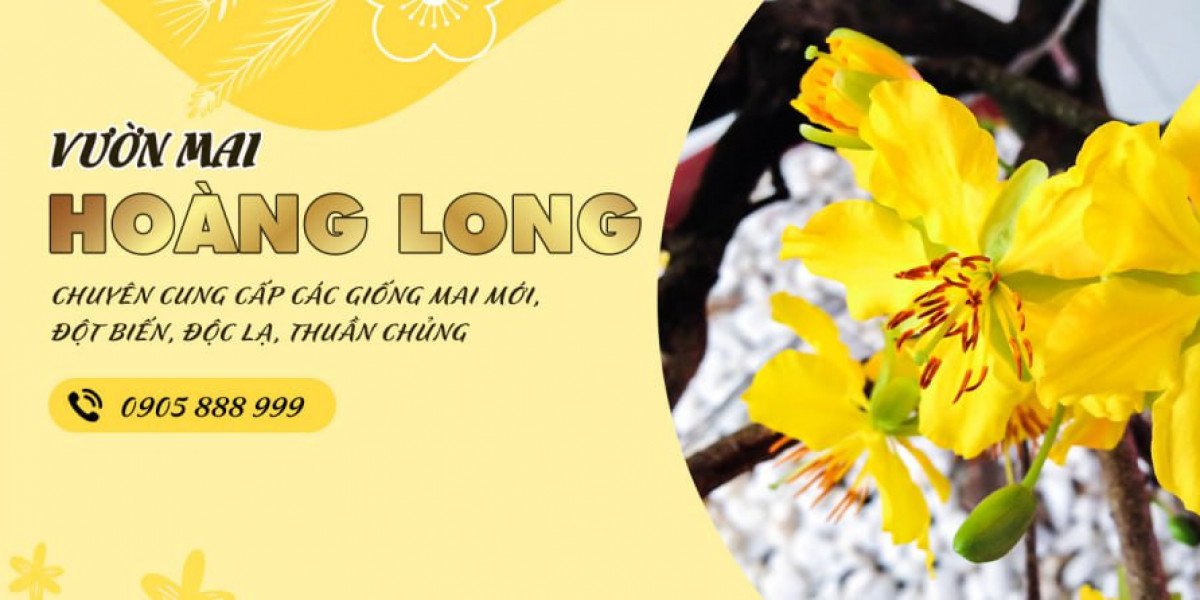Pin Up Brazil: A Comprehensive Guide to the Brazilian Pin Up Movement
The pin up movement of the early to mid-20th century was a cultural phenomenon that originated in the United States and quickly spread across the globe, including Brazil. In this article, we will explore the history, artists, styles, and impact of the pin up movement in Brazil and provide some insight into why it remains relevant today.
History
The roots of the pin up movement can be traced back to the 1940s, when the United States was experiencing a significant cultural shift. The country was coming out of World War II, and many Americans were looking for ways to celebrate their newfound freedom and prosperity. This led to an increased focus on youth culture, which was expressed through various forms of art and entertainment, including pin up posters.
Pin up posters were typically small, colorful prints that featured images of young women in provocative poses, often with suggestive captions or taglines. These posters were designed to be displayed in a variety of public spaces, such as bars, cafes, and stores, and were intended to attract the attention of men.
The pin up movement quickly gained popularity in Brazil during this time, thanks in part to the country's strong ties to the United States and the influence of American popular culture. Brazilian artists and designers began creating their own pin up posters, often featuring local models or celebrities, and these images became popular among young people across the country.
Artists
Many of the most famous Brazilian pin up artists emerged during the 1950s and 1960s, when the country was experiencing rapid economic growth and cultural modernization. If you want to learn more info about pin up registro stop by the website. These artists were influenced by both Brazilian and international art movements, and they created pin up posters that were unique and distinct from those of other countries.
Some of the most notable Brazilian pin up artists include:
Carlos Leirner: A cartoonist and illustrator who was known for his provocative and humorous pin up posters, often featuring exaggerated female figures.
Joaquim Sérgio: A painter and sculptor who created realistic and detailed pin up portraits of local models and celebrities.
Aldo Fuca: A photographer and illustrator who was known for his surreal and dreamlike pin up images, often featuring models in unusual poses or settings.
Styles
Brazilian pin up posters were characterized by their vibrant colors, bold designs, and provocative content. Some of the most popular styles included:
Pop art: This style was influenced by American pop art, and it featured bright, bold colors and stylized images of young women.
Bustier: These pin up posters were often designed to showcase the busts of local models or celebrities, and they typically featured exaggerated cleavage and suggestive captions.
Surrealism: This style was characterized by its dreamlike and fantastical imagery, and it often featured models in unusual poses or settings.
Impact
The pin up movement had a significant impact on Brazilian popular culture during the 20th century, and it continues to be influential today. The movement helped to shape the way that young people viewed themselves and each other, and it played an important role in shaping Brazil's identity as a modern and progressive country.
In recent years, there has been a resurgence of interest in pin up art and culture in Brazil, with many artists and designers continuing to create new and innovative pin up posters that reflect the country's vibrant and diverse cultural heritage.
Conclusion
The pin up movement was a powerful cultural force during the early to mid-20th century, and it had a significant impact on Brazilian popular culture. From the colorful pop art posters of Carlos Leirner to the realistic bustier images of Joaquim Sérgio, Brazilian pin up artists created some of the most iconic and enduring images of the era. Today, the legacy of the pin up movement continues to inspire new generations of artists and designers, who are working to keep this important cultural tradition alive for future generations to enjoy.












